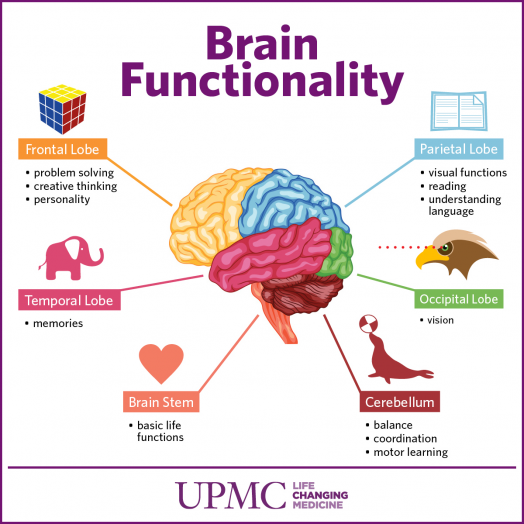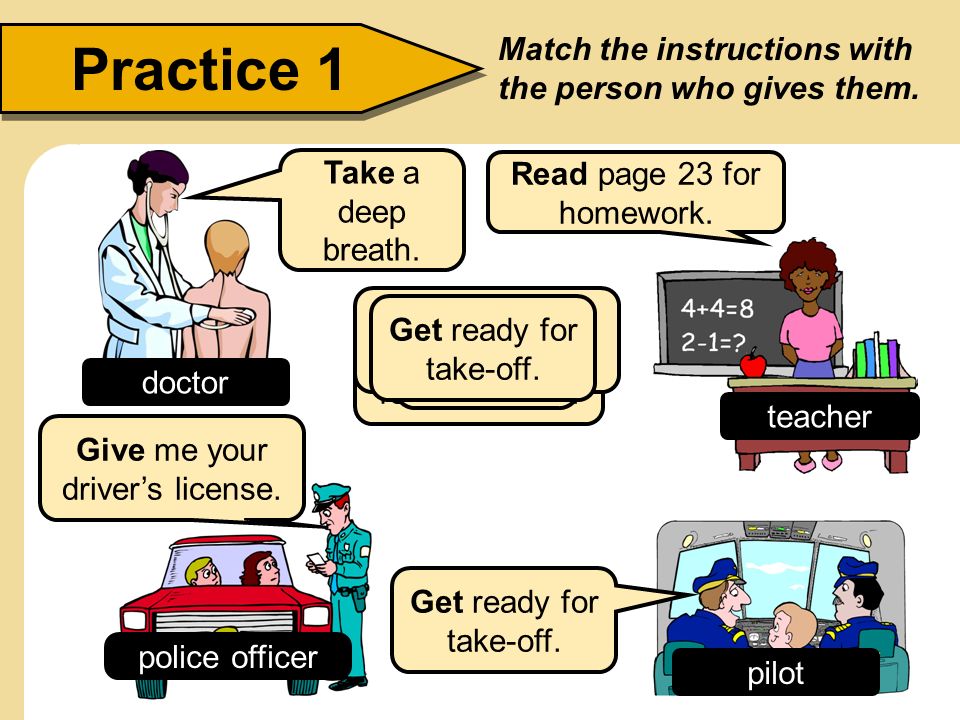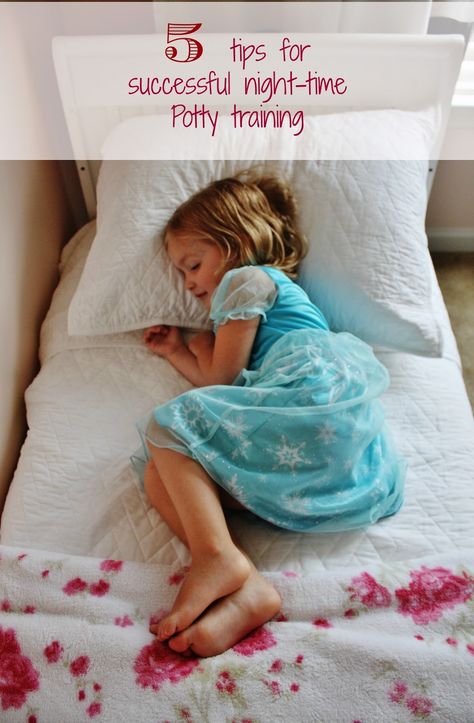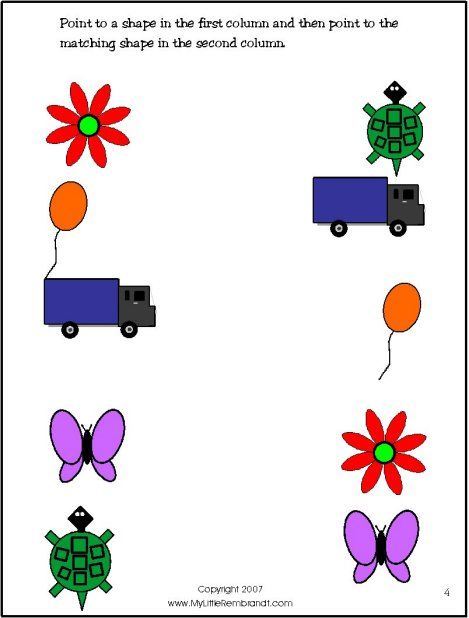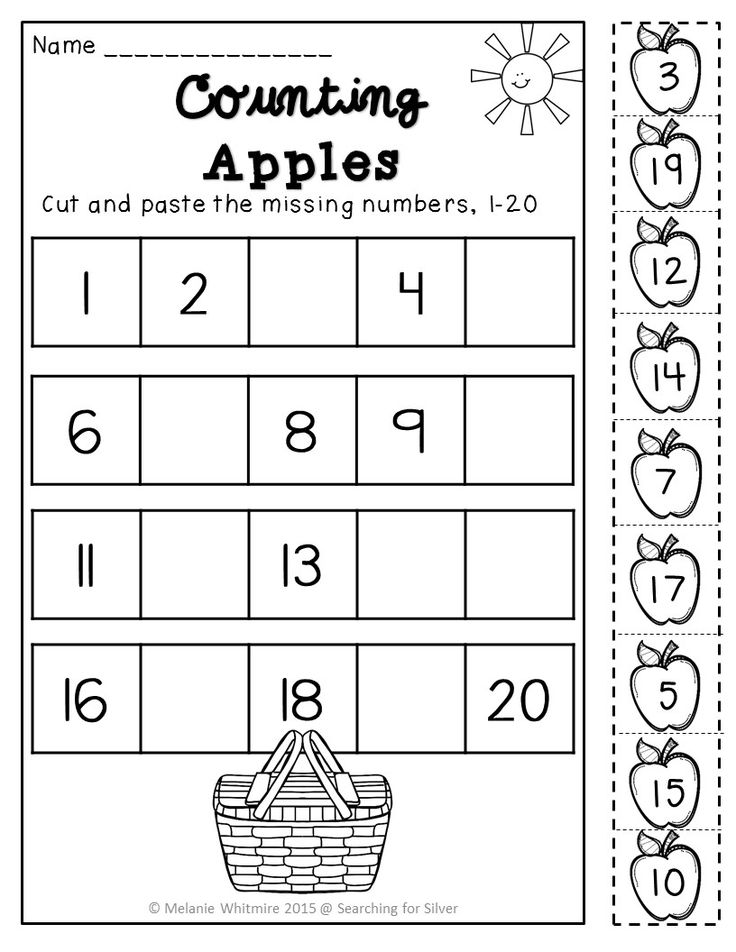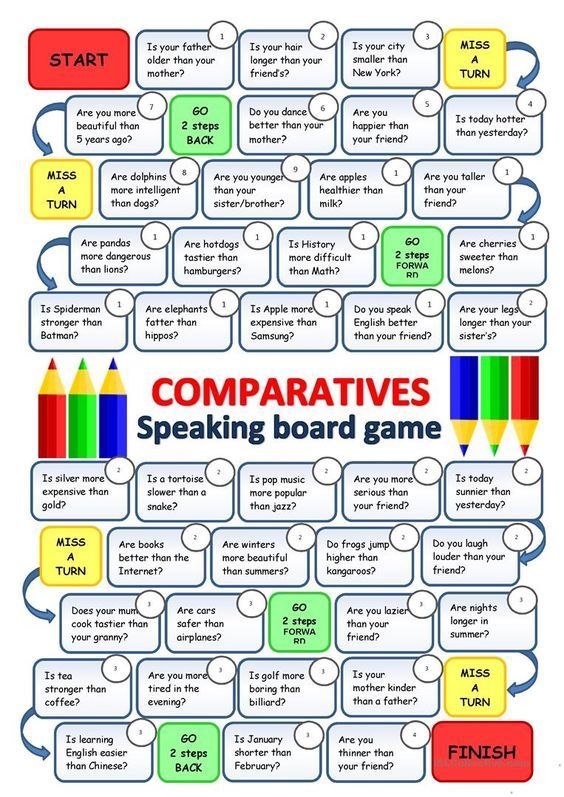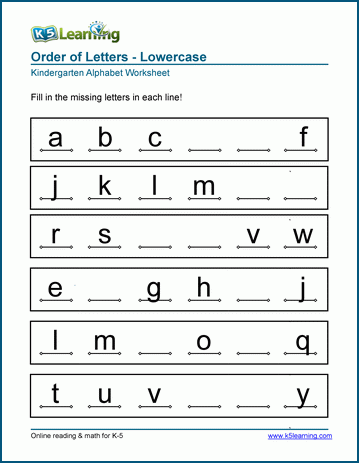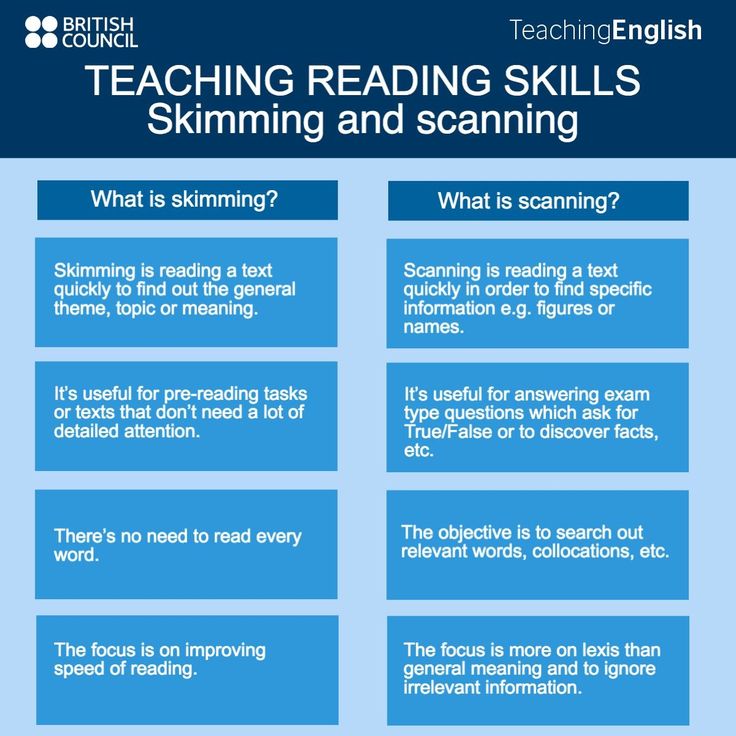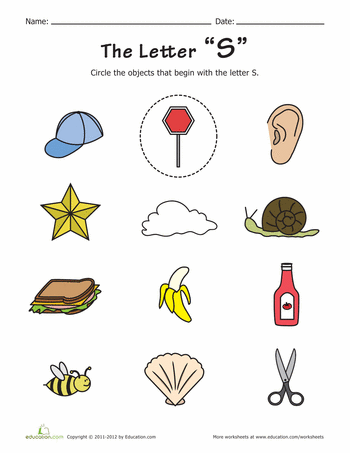Brain break activities for elementary
20 Fun & Easy Brain Break Ideas For Kids
Brain breaks - by whatever name you like to call them - are incredibly beneficial for kids, whether you're talking about physical health, social-emotional health, academic performance, stress relief, or brain functionality.
In fact, an August 2016 study, spearheaded by psychologist Kerrie Godwin and her team, found that on-task behavior actually declined among students as instructional periods increased from 10 to 30 minutes but remained high when instruction was given in blocks of 10 minutes instead. Of equally important note, a 2013 study found that physically active lessons in the classroom helped increase time-on-task behavior and attention span in school-aged children.
So why does all this matter? Simple, really: teachers and educators should be trying to incorporate movement-based brain breaks in the classroom if they really want to get the most out of their students' brains.
To assist, we've created a list of 20 fun brain break ideas for kids that are guaranteed to help them re-center and re-focus when they need it the most. We've also broken the categories down by type, such as active, social-emotional, and creative, to help fit any classroom or situation. Check out our list below!
Active Brain Break Ideas
1. Stretching
Stretching is an easy physical brain break idea that can be done right next to the students' desk. Simply have your students stand up, reach above their heads, touch their toes, move their hips in a clockwise and counter-clockwise rotation, or have them sit and stretch their hamstrings, glutes, quads, and calves. Spend five to 10 minutes stretching, depending on your classroom's individual needs.
STRETCHING Exercises Home Workout via Bobo P.E. on YouTube
2. Ball Toss
The ball toss is a super simple but infinitely repeatable activity you can do with a soft rubber ball, bean bag, or hacky sack. Try giving your students five minutes to hacky sack, or toss the hacky sack back and forth between groups of students. If you have a rubber ball, or even a rubber band ball, you can have your students bounce the ball as well.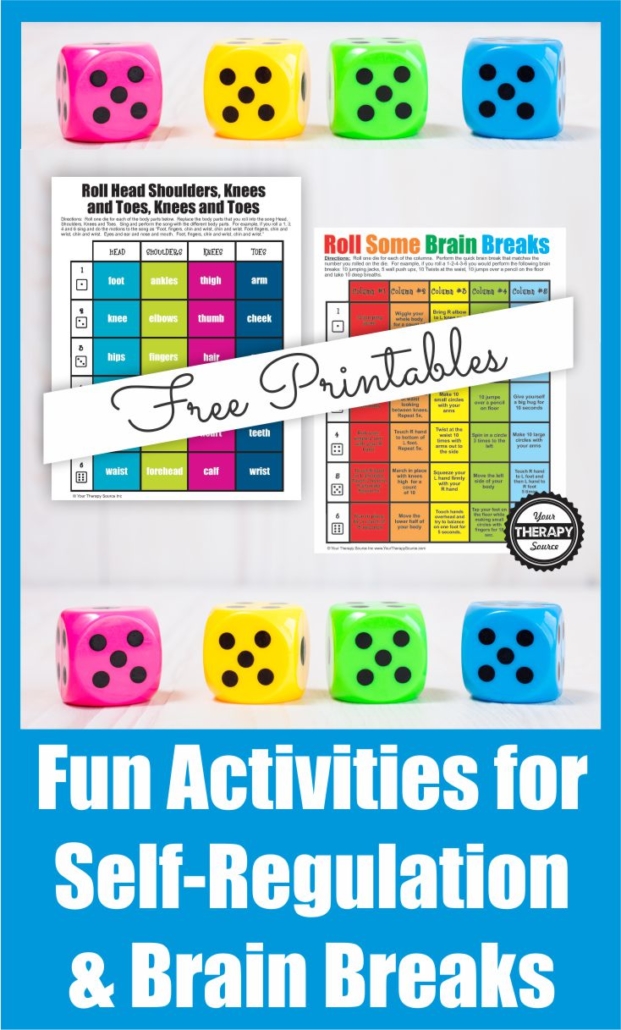
Don't know how to hacky sack? Check out this awesome post from howtheyplay.com
3. Jumping Jacks
Who doesn't like to do jumping jacks? Like stretching, jumping jacks require no equipment and can be done right next to a student's desk. Try doing two sets of 10 jumping jacks, then assess your students' attention. If you feel they need more, try another set. The key is to get their brains re-focused and their hearts beating without getting them too riled up or sweaty, because let's face it: a classroom full of sweaty students isn't a great place to be.
Want to make the lesson more interactive? Check out "How to do Jumping Jacks" via Kid Explorer on YouTube.
4. The Big Four: Lunges/Planks/Push-ups/Squats
The big four - lunges, planks, push-ups, and squats - are guaranteed to get the blood flowing at virtually any grade level. Best of all, you won't need any weights - body weight will do just fine. Try doing one full rotation of five each - five lunges, five planks, five push-ups, five squats - then re-assess your students.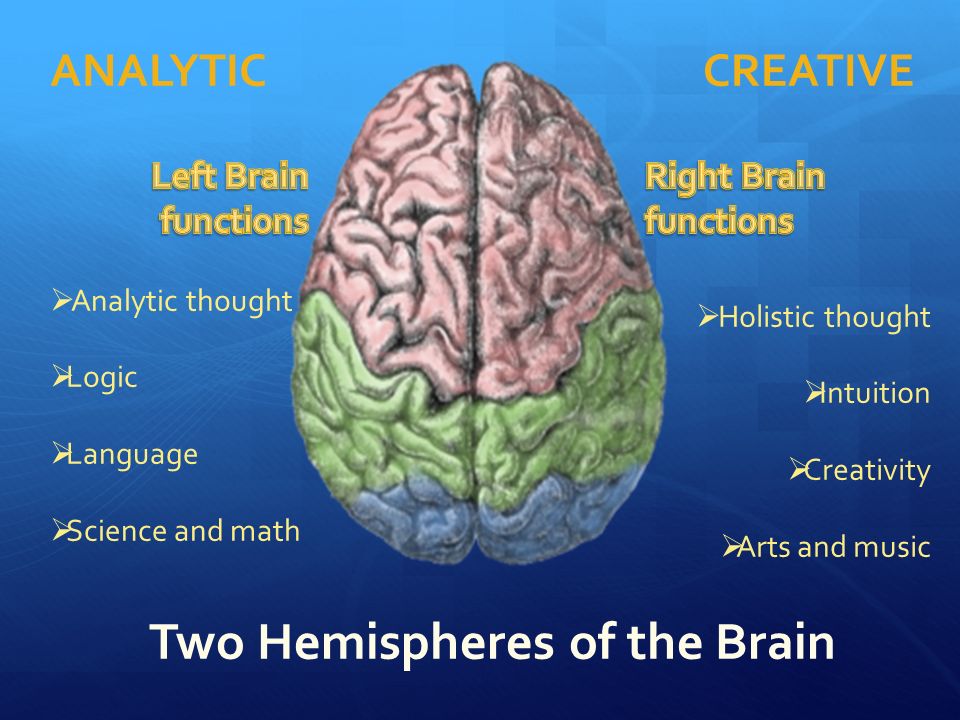 These exercises can be done at the desk, but if you'd like to separate them from the desk, try having your students form their desks into a circle, then gather in the center and perform the exercises there.
These exercises can be done at the desk, but if you'd like to separate them from the desk, try having your students form their desks into a circle, then gather in the center and perform the exercises there.
5. Dance Routine
Dance routines are super easy to find on YouTube or on your favorite search engine - there are hundreds of thousands of them - and they also make for easy and fun brain breaks. The dancing gets kids up and moving, while the change in stimuli (such as following instruction on a screen as opposed to sitting at their desk) helps reset their brains and refocus their attention.
KIDZ BOP UK has a fun dance routine you can watch on YouTube!
6. Copy Cat
Copy cat is an easy active brain break idea that combines active play with memorization skills. You don't need any equipment for this exercise - simply place your students in pairs and have them mimic one another's movements. Have one student take the lead for half the time, then the other for the second half.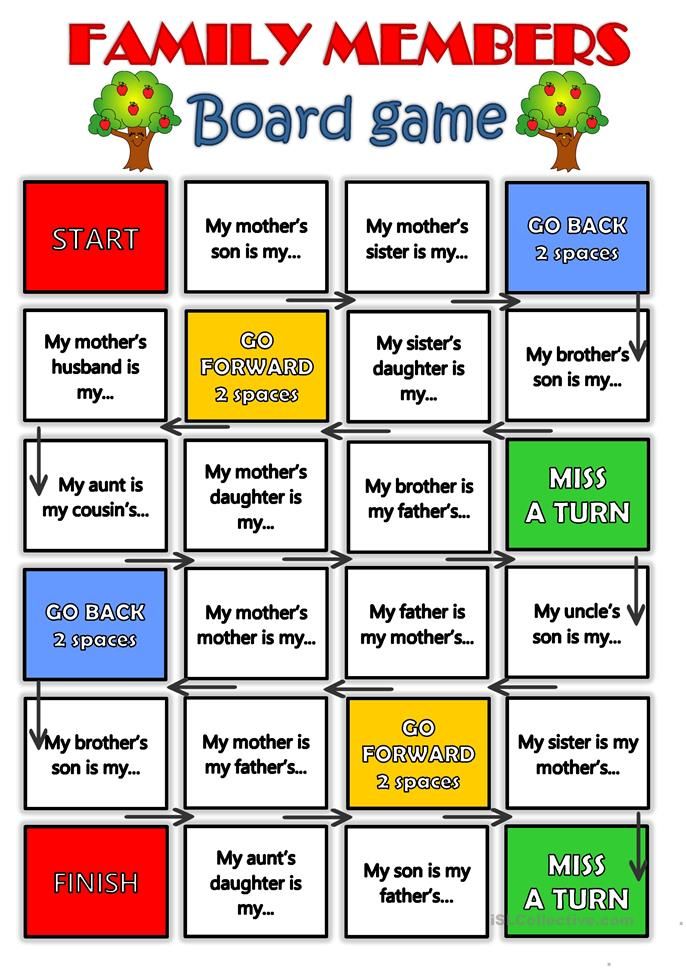 You can also combine this activity with dance for a fun spin on the popular Dance Dance Revolution! game.
You can also combine this activity with dance for a fun spin on the popular Dance Dance Revolution! game.
7. Simon Says
Simon Says is another game that combines different types of skills; in the case of Simon Says, active play and listening skills. The key distinction in Simon Says is listening for a specific prompt (the key words Simon says) before performing the activity. Use an online "Simon" or be the Simon yourself!
Wondering how to play? Check out this resource from The Genius of Play.
8. Balloon Games
There are dozens of games you can play with a balloon - so why not add some balloon games to your brain break routine? Try playing common active games like volleyball, basketball, or ball toss with a balloon instead of a ball, or simply play "Keep Up" with the whole class! You will be amazed at the different sensory opportunities adding balloons can bring.
PBS Kids.org has a great resource dedicated to balloon games.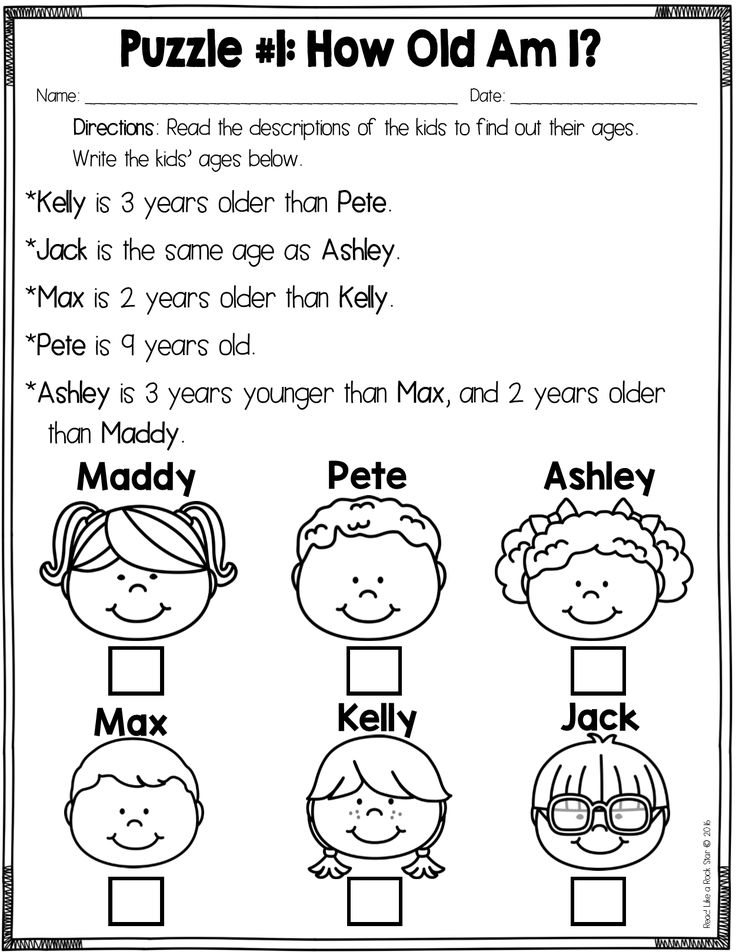
9. Floor is Lava!
Lava! is a game where players must walk a path and avoid certain spots on the floor to avoid being "out." Often, these spots block the path forward, so players must use their problem-solving skills to overcome the "lava" and navigate the path to the end. Try giving kids objects they can use to cross the lava, such as a piece of paper, and use poly spots for the lava.
This particular activity requires a bit of planning, but the payoff can be huge!
Wondering how to play? Try parents.com's "4 Fun Ways to Play 'Floor is Lava' at Home."
10. Combine Them All!
Combining these active brain break ideas is an excellent idea as well, since you can mix and match the exercises as you'd like. For instance:
- Take a 10-minute brain break involving one round of stretching, followed by two sets of 10 jumping jacks, then one rotation through the Big Four.
- Take a 10-minute brain break involving a round of stretching, then eight minutes of ball toss.
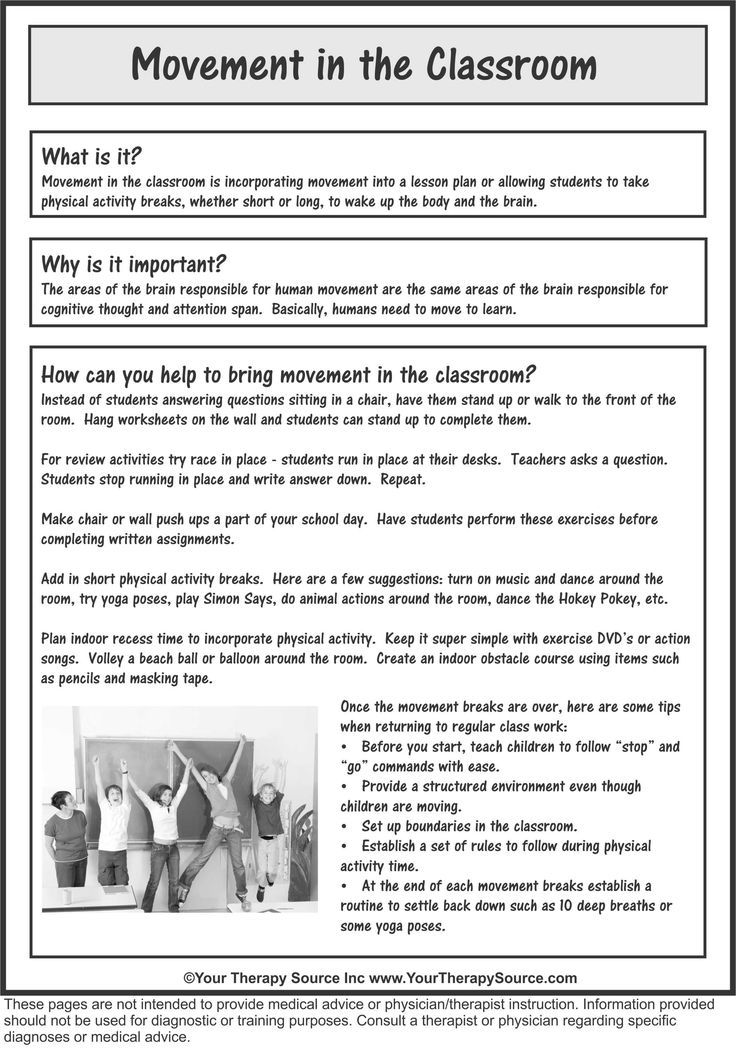
- Take a 10-minute brain break involving one set of 10 jumping jacks, six minutes of ball toss, then four minutes of stretching.
- Take a five-minute brain break by combining a dance routine with copy cat.
- Exercise Simon Says! Combine the "Big Four" with Simon Says for a fun 10-minute brain break.
Social-Emotional Brain Break Ideas
11. Yoga
Yoga has many benefits, such as reducing student anxiety and improving emotional regulation, strength, and flexibility. Yoga routines are also becoming more and more common in classrooms, so why not hop on the trend too? Be sure to try out different poses, such as downward dog, tree pose, star pose, and more, to add some variety to your routine!
Action For Healthy Kids has a great page dedicated specifically to children's yoga!
12. Mindful Breathing
Like yoga, mindfulness is another exercise that has become more common in schools, and for good reason - mindfulness is a powerful SEL tool for children of all ages and has many benefits. Mindful breathing, in particular, is a great way for kids to practice mindfulness, so try these different types of mindful breathing exercises for your brain break:
Mindful breathing, in particular, is a great way for kids to practice mindfulness, so try these different types of mindful breathing exercises for your brain break:
- Breathe in, breathe out. This is the simplest form of mindful breathing. Simply breathe in, hold for three seconds, then breathe out. Take another deep breath, hold for three seconds, and then breathe out.
- Deep Breathing. Simply breathe in as deep as you can, hold for three seconds, then breathe out all the air you can. There is no need to hold between sets; once you've exhaled all the air in your lungs, start again.
- Breathing as is. Also called Shamatha breathing, this exercise is meant to connect you with the natural inhale/exhale of your breath. There is no special breathing method required - everything is natural.
- Alternate Nostril Breathing. Inhale through your left nostril, then take your ring finger and close your left nostril. Exhale through your right nostril.
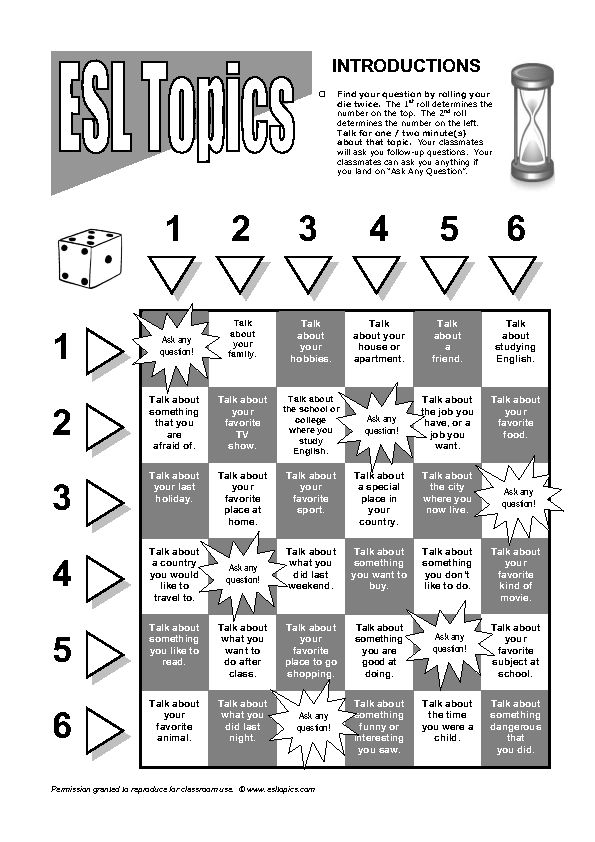 After a few minutes, alternate to breathe in through your right nostril and exhale through your left.
After a few minutes, alternate to breathe in through your right nostril and exhale through your left.
A great explanation of five different kinds of breathing can be found via Everyday Health.
13. The Senses Game
The senses game is a fun little sensory-based activity where your students can explore their five senses. It combines mindfulness with the five main senses - sight, touch, taste, smell, and hearing - and allows your kiddos to re-center themselves at the same time.
Simply pick an item around the room, then have your kiddos identify that item with their eyes. Next, have them close their eyes and take a deep breath - what do they smell? Third, have them eat a snack and really taste the food. Let them think about it for a bit. Fourth, have them touch their clothes or any item nearby - what does the desk feel like? Is it warm, cold? How about their clothes? Is there something on their clothes, like a bead or a sparkle? Finally, have them close their eyes and listen to the sounds of the school building.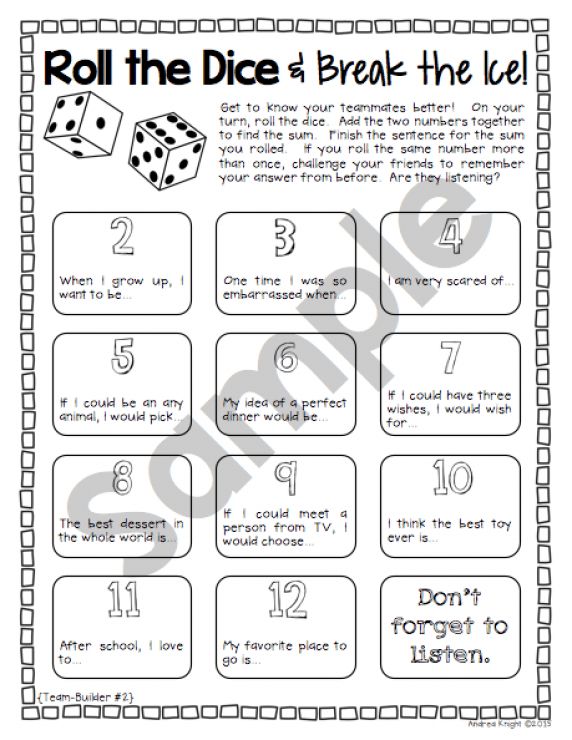 Can they hear any unique voices?
Can they hear any unique voices?
14. Indoor Peace Path by Soul Shoppe
The Peace Path by Soul Shoppe is an excellent social-emotional tool that is designed to stop conflicts before they happen. It comes as a playground stencil, but Soul Shoppe has also provided an excellent guide you can use to create your own peaceful brain break. Why not take a few poly spots (or pieces of paper) and walk through the Peace Path in your mind's eye? Set the children up in groups of two (or even larger teams) and guide them with Soul Shoppe's fantastic conflict resolution tool.
The Peace Path is also a great add-on to sensory pathways, sensory hallways, or sensory corners. For more info on sensory pathways, check out our blog post "Sensory Pathways: What the heck are those?"
15. Break the ice
Icebreaker activities are great for kids, even if you're in the middle of the school year. As you're well aware, not all your students in class talk with one another; some might even have issues making friends. Icebreaker activities are a great way to bring your class together and make friends with one another. It's also a great extension of the Peace Path.
Icebreaker activities are a great way to bring your class together and make friends with one another. It's also a great extension of the Peace Path.
Need inspiration? Try these 13 icebreaker ideas!
Creative Brain Break Ideas
16. Arts & Crafts
Arts and crafts are always an excellent brain break idea, especially after attention-heavy lessons like math and reading. Arts and crafts provide an opportunity for kids to really stretch their creative muscles, too. You won't need an art room for this particular brain break, either - a few pens, colored pencils, and construction paper will do just fine. There's no need to break out the messy paint or sticky glue!
Try these Easy, 10-Minute Crafts for Kids via The Spruce Crafts.
17. Coloring books
Coloring books are another great creative brain break because it provides some sense of structure while also allowing kids some bit of autonomy (based on the colored pencils they choose).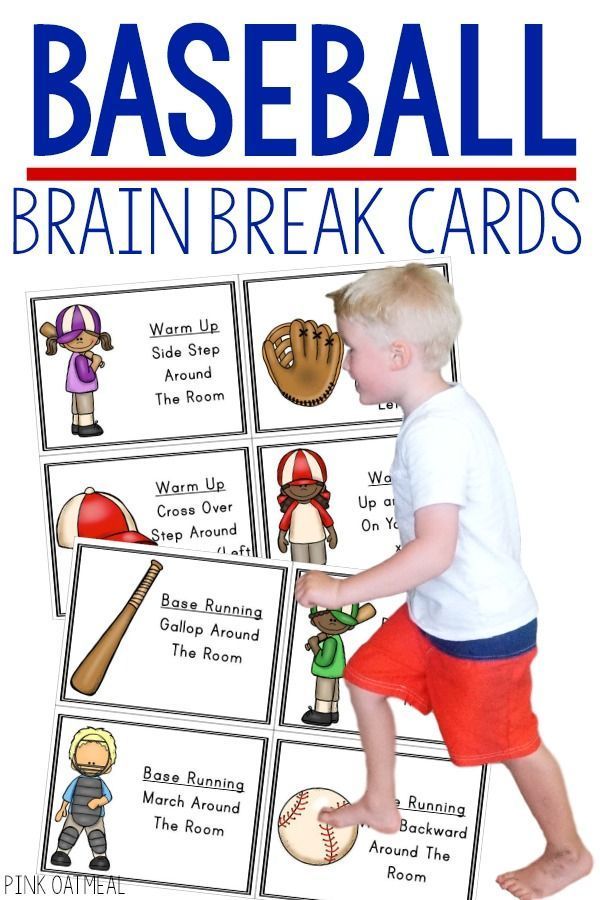 Keep a stack of coloring books in the classroom and give your kiddos a five to 10-minute brain break to color. Try and provide a wide range of coloring book options, such as fantasy adventures, popular superhero characters, animals, buildings, landscapes, etc.
Keep a stack of coloring books in the classroom and give your kiddos a five to 10-minute brain break to color. Try and provide a wide range of coloring book options, such as fantasy adventures, popular superhero characters, animals, buildings, landscapes, etc.
18. Journaling
Journaling is another excellent creative brain break idea. Buy a stack of cheap paper journals from your local arts & crafts store and have your kiddos put their names on them, then collect the journals after each journaling session. A journaling session needn't be long - five or 10 minutes will suffice - but it will give kids a chance to self reflect on their day. If your students need more hands-on attention, try providing them with a few writing prompts to get them started, such as these:
- How was my day today? What is one thing I think I did a good job on? What is one thing I think I can improve for tomorrow?
- What was the hardest lesson I learned in school today?
- What was my favorite part of today?
- What is one thing I'm looking forward to doing tomorrow?
- What was my favorite classroom lesson today?
19.
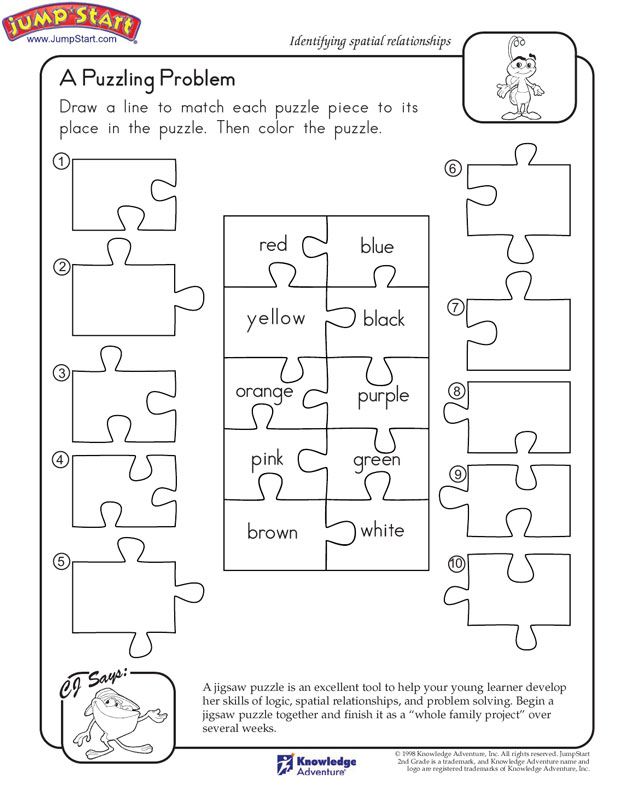 Play dough
Play doughPlay dough is another excellent creative brain break (it also happens to be an awesome item for your sensory bin!). Keep a few containers of play dough and let your kids construct whatever they wish. Do they want to build a castle? Awesome! How about create a Play dough family? Cool!
20. Make a sensory bin
Sensory bins are incredibly popular among the occupational therapy community. They are becoming increasingly common in classrooms too. A sensory bin is a bin made up of various stimulating items, such as marbles, sand, rice, sticky animals, stress balls, corn kernels - anything really - and can be easily stored and used at will. Every classroom should have a sensory bin!
Little Bins, Little Hands has a great guide on how to create your own sensory bin.
Updated 3/24/2022
16 Brain Break Ideas to Get Kids Moving – Proud to be Primary
Try these fun brain break ideas to help active kids stay focused and learn at their best.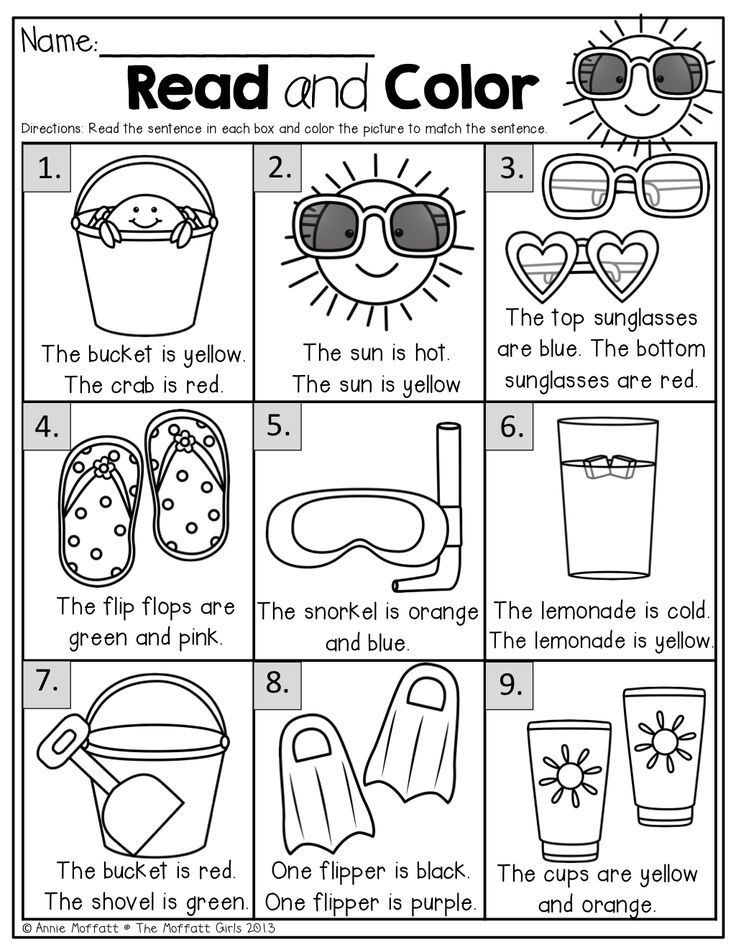 Brain break activities are great for incorporating movement into your day in and out of the elementary classroom.
Brain break activities are great for incorporating movement into your day in and out of the elementary classroom.
Brain Break Ideas for Active Kids In and Out of the Classroom
Activity brain breaks serve an important purpose in and out of the classroom. School is hard work for kids. We expect them to cram so much into each day, learning a ton of information that they need to retain and put into practice. It can be exhausting. Brain breaks allow kids to take a minute to refocus and release some energy.
Homelife needs active time too. Kids should have opportunities to be kids through active play, movement, and games throughout the day and on weekends.
Moving around, even if it’s just stretching, gives the body a boost by increasing blood flow. In turn, this provides the brain with increased blood flow, which gives kids the edge they need to help retain information and stay focused. By taking a break and moving around, kids receive a necessary tool they need to succeed in and out of the classroom.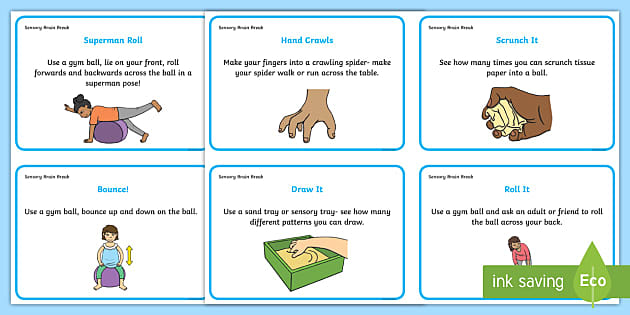
Educational Brain Break Ideas
Brain breaks should be breaks from whatever the class is currently working on… but just because it’s a break, doesn’t mean it can’t be educational! These educational brain break ideas give kids the chance to move around and have fun with their classmates, families, and friends, as they practice a skill they’ve already learned. From spelling words to skip counting, these educational brain break ideas will quickly become favorites for the classroom and beyond.
- Air Spelling – Challenge kids to “air write” their spelling words or sight words with a partner. Their partner will need to guess which word they’re writing!
- Categories – Name a category, and each kid has to name a word that fits in that category. For example, if the category is “beach,” then they could say words like sand, ocean, umbrella, etc.
- Pop – To practice skip counting during a brain break, have kids line up for a game of Pop! Pick a magic number, then have each child takes a turn counting, with the word POP replacing multiples of the magic number.
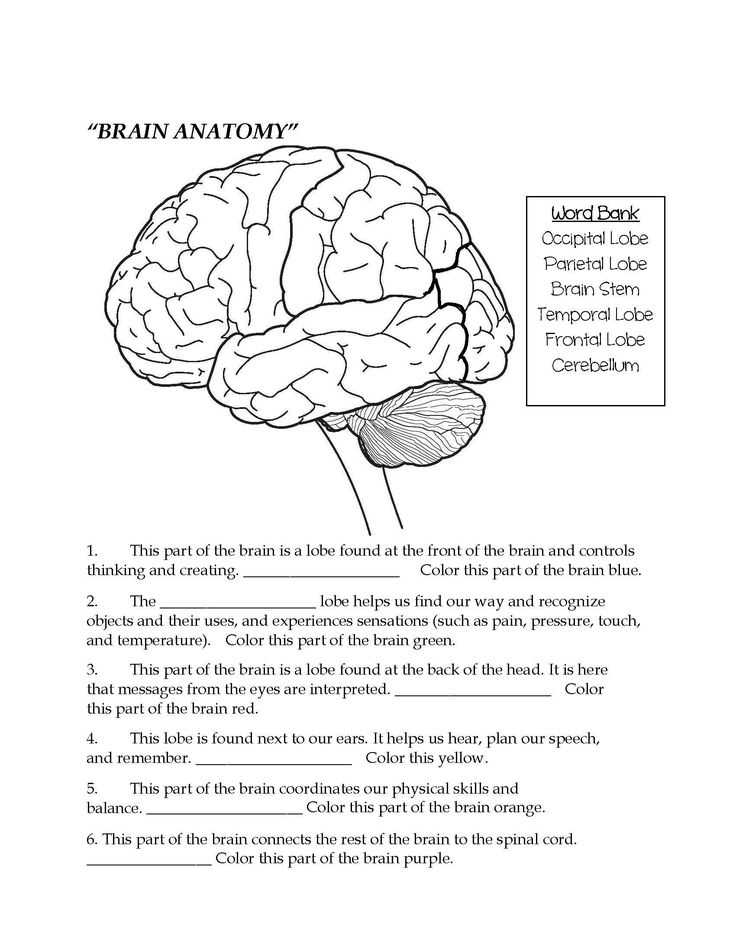 If skip counting by 3s, the line would count 1-2-POP-4-5-POP.
If skip counting by 3s, the line would count 1-2-POP-4-5-POP. - Sparkle – When waiting in line to go to lunch or specials, play a game of Sparkle. Kids will need to spell a sight word or spelling word one letter at a time. After the last letter, the next person in line shouts, “Sparkle!”
- Syllable Clap – Kids love chatting with their friends, so direct that energy to something educational. Have kids turn and talk to a friend, but while chatting, they need to clap (or stomp) the syllables of the words they say. They can also do this brain break activity with spelling words.
Brain Breaks Games
Kids love playing games. Games give kids the chance to take a moment and simply have fun. Even though it may seem like these games don’t have a purpose, they truly do. Their goal is to get kids moving and having fun! Whether it’s a game of Telephone or Rock-Paper-Scissors, these games will give kids a moment of freedom as they play with partners or as a whole group.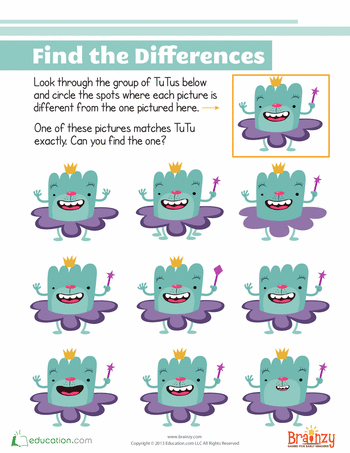
- Freeze Dance – This game is like freeze tag, and musical chairs rolled into a single fun game! Turn on the music and have kids dance around the room. When you turn the music off, kids must freeze in whatever dance move they were doing. Anyone who moves in the silence is out. Continue playing until there is a winner.
- Hot Potato – Use a beanbag and have kids toss it around the room as the music plays. When the music stops, whoever is left holding the “potato” is out!
- Rock-Paper-Scissors – Depending on how long the brain break is, kids can play a game or two of Rock-Paper-Scissors. If there’s only a short amount of time, kids can partner up for a few quick rounds. If there’s more time, get the class involved in a tournament!
- Simon Says – This classic game makes a great brain break! Kids will need to pay attention as they attempt to do what Simon says.
- Telephone – Have the class stand up and make a circle around the classroom.
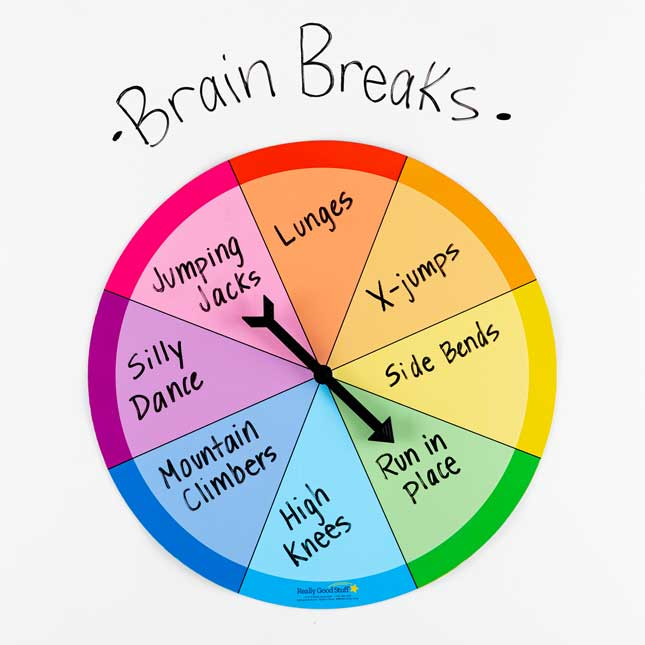 Whisper a phrase into the ear of the first child. Then, have that child repeat the phrase to whoever is next to them. This continues around the circle. The last child will repeat the phrase out loud. Kids will laugh as they see how the message was changed.
Whisper a phrase into the ear of the first child. Then, have that child repeat the phrase to whoever is next to them. This continues around the circle. The last child will repeat the phrase out loud. Kids will laugh as they see how the message was changed. - Would You Rather – Designate two sides of the classroom as the answer spaces, such as by the teacher’s desk is option one and by the whiteboard is option two. Then, call out different “Would you rather…” options for kids to choose from! You can also draw names and have kids call out their own options.
Movement Brain Breaks
Movement is vital when it comes to brain breaks. Moving the body helps relieve stress. Movement, in turn, will give kids a release that allows them to get back to work and refocus. These brain break ideas use movement to engage kids. From secret handshakes to dance parties, kids will love participating in these activities.
- Activity Cards – Any time a brain break is needed, pull out a brain break activity card, and complete the task on it! This gives kids variety and different ways to move as they transition to another activity.
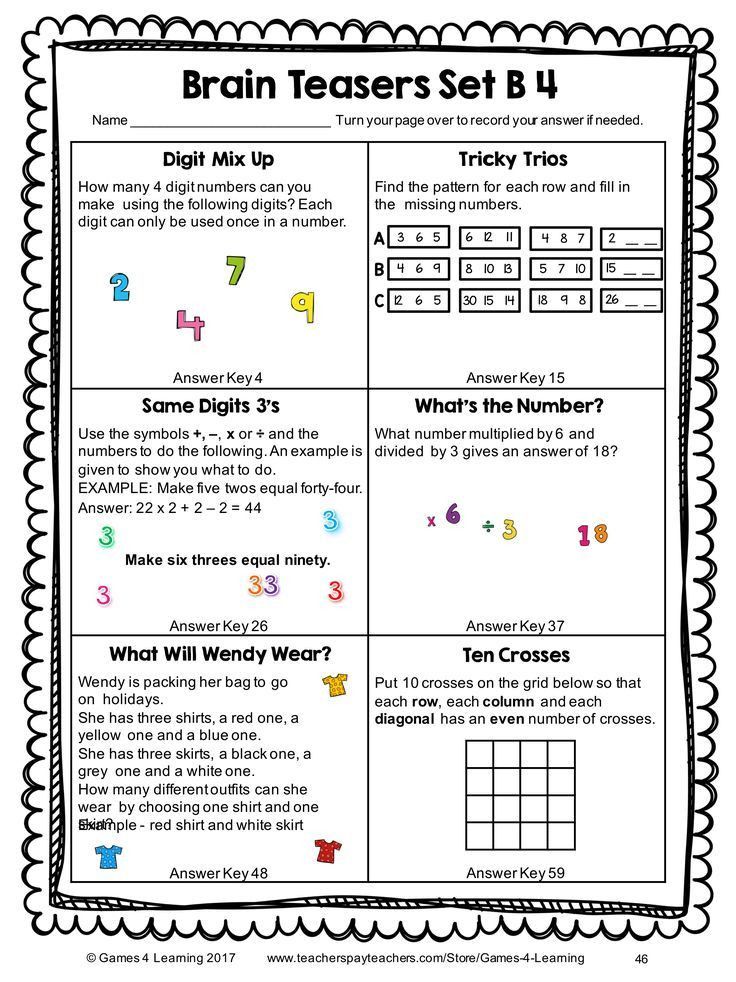
- Dance Party – When brains need breaks, nothing beats a turning on a song and having a dance party. Have kids choose which song to play and let them move around and dance for the entire song. This carefree brain break activity will be a classroom favorite.
- Go Noodle – This website gives kids a fun and silly way to work out the wiggles! Kids will love jumping, moving, and singing along to their favorite Go Noodle videos. You can stream the videos on Youtube or on your SmartTV.
- Secret Handshakes – Either make up a secret class handshake or have kids partner up and make small group secret handshakes. For the rest of the week, when the class needs a moment to break, have them turn to a partner and do their secret handshake!
- Yoga – Classroom yoga will give kids the break they need in between tasks. Encourage kids to be mindful as they move through favorite yoga poses in a group setting. Cosmic Kids Yoga is a favorite Youtube channel with tons of themed yoga videos kids will enjoy!
These brain break ideas for kids are perfect for the classroom.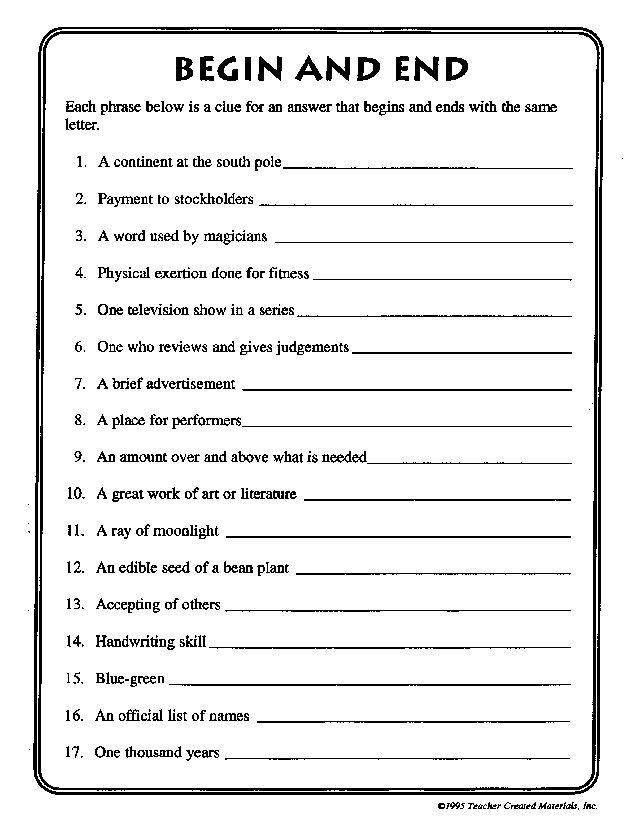 Kids will move and dance around as they get ready for the next activity. By using these brain breaks, kids will focus better, stay engaged while learning, and have fun!
Kids will move and dance around as they get ready for the next activity. By using these brain breaks, kids will focus better, stay engaged while learning, and have fun!
Brain Break Resources
Try our FREE Brain Breaks
Grab a free sample of 12 brain break cards to try first! Click the image below to sign up for a copy!
Break Break Resource
This brain break resource includes 80 brain break activity cards plus two sets of games you can play when kids need a break!
The brain break cards offer many fun, simple ideas ready for you on printable cards! Just print a set, attach to a ring, or hang ready for when your class needs a break.
See the brain break cards in store here!
Find all your classroom management essentials with the Class Management bundle. It includes 8 engaging resources that kids will love!
Make Time for an Active Morning Meeting
Begin a daily morning meeting or build upon your own with this 100% editable and low-prep morning meeting resource that targets important social-emotional learning topics.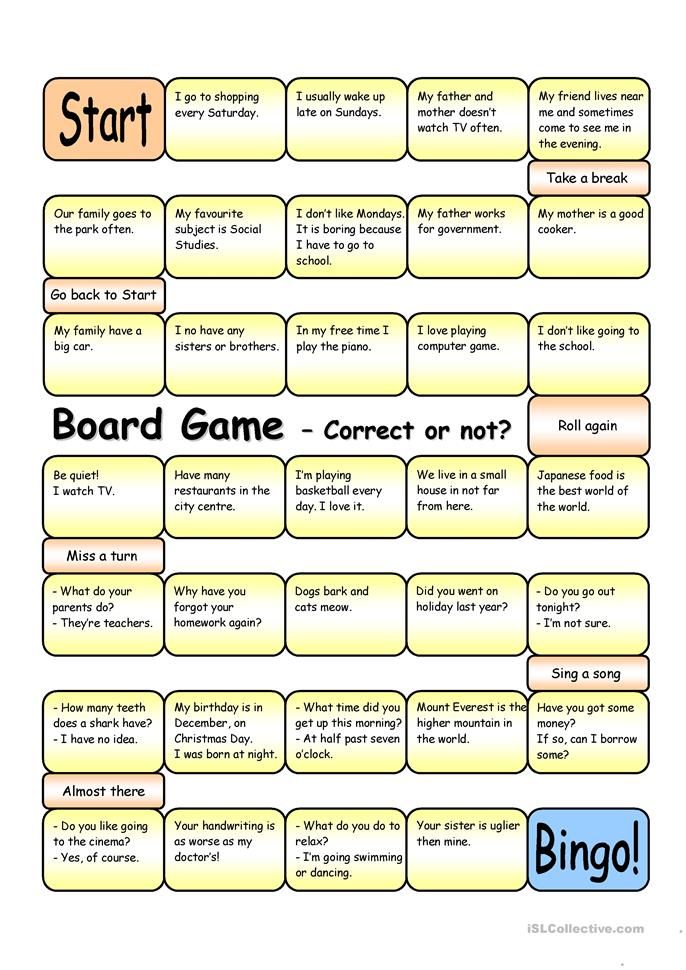
Our SEL morning meeting resources include everything you need to engage and connect with kids and make a HUGE impact in only 15 minutes a day! You will have everything you need for a daily morning meeting all school year long!
The mind+heart Morning Meeting BUNDLE gives you an entire YEAR’S WORTH of SEL slides for every day and every month of the school year, plus bonus resources to make implementation seamless.
See this resource in action and everything it includes HERE!
More Ideas for Classroom Management
Time Management Activities
Whole Brain Teaching
Morning Meeting Ideas
PIN
FREE Classroom Management Email Series
Sign up for the classroom management email course filled with positive, actionable strategies and tried and true advice, plus tools and free resources you can access right away. Everything you need to rock your classroom management this year!
First Name
Personal Email Address
We use this field to detect spam bots. If you fill this in, you will be marked as a spammer.
If you fill this in, you will be marked as a spammer.
I'd like to receive the free email course.
This form collects information I will use to send weekly emails with strategies, promotions, and resources. Unsubscribe at any time. Powered by ConvertKitA minute to rest: a short break helps the brain with the assimilation of information
Trends
TV channel
Pro
Investments
Events
RBC+
New economy
Trends
Real estate
Sport
Style
National projects
Town
Crypto
Debating Club
Research nine0003
Credit ratings
Franchises
Newspaper
Special projects St.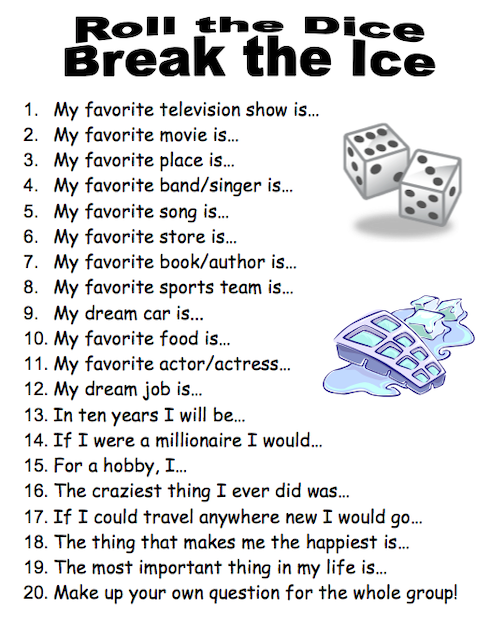 Petersburg
Petersburg
Conferences St. Petersburg
Special projects
Checking counterparties
RBC Library
Podcasts nine0003
ESG index
Policy
Economy
Business
Technology and media
Finance
RBC CompanyRBC Life
RBC Trends
Photo: Chris Abney / Unsplash
"Don't get distracted!" - they tell the child if they notice that during class he checks his phone or looks out the window. But it turned out that short breaks are extremely important in learning new skills
According to a study by the National Institutes of Health (NIH) USA, published in the journal Current Biology, during a short pause, the brain can better remember the information received minutes earlier about the skill.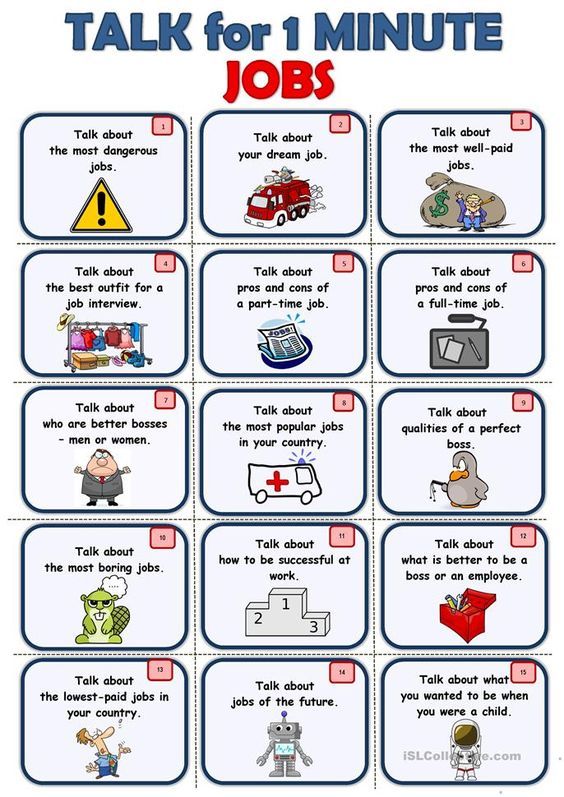
“Everyone thinks that when mastering something new, you need to “study, study and study again”. Instead, we found that timely and frequent rest can be just as important as practice,” said Leonardo J. Cohen, MD, PhD, senior researcher at the National Institute of Neurological Disorders and Stroke at NIH. nine0003
Previously, many scientists were of the opinion that our brains needed long periods of rest, such as a good night's sleep, to reinforce the memories formed while practicing a new skill. But the study of the brain waves of healthy right-handed volunteers during the experiments showed that this is not entirely true. The waves were recorded by a highly sensitive scanning technique called magnetoencephalography.
Participants were shown a series of numbers on a computer screen and then asked to type them in as many times as possible within ten seconds. It is noteworthy that it was necessary to do this with the left hand. The exercises were followed by a ten-second break, after which everything was repeated (at least 35 more times).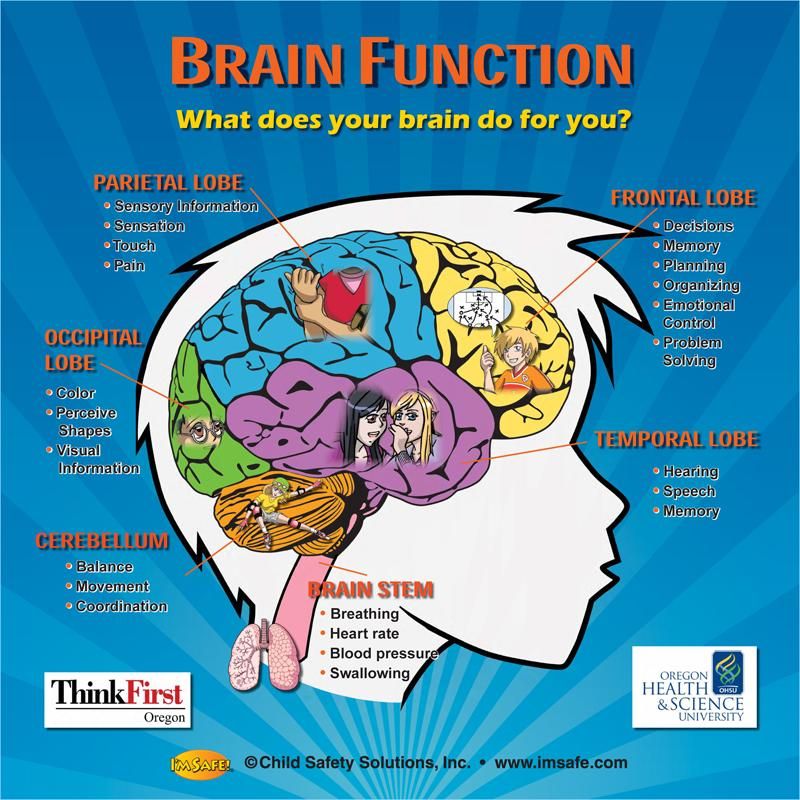 nine0003
nine0003
"I noticed that participants' brainwaves seemed to change much more during rest than during typing sessions," said Marlene Bönstrup, MD, who led the study. Re-analysis of the data led to two key conclusions. First, volunteers' performance improved mostly during short pauses, not during typing. Second, the volunteers' brains reinforced memories during the pauses.
"Our results indicate that optimizing the timing and configuration of rest intervals may be important when performing rehabilitation procedures on stroke patients or teaching healthy volunteers to play the piano," said Dr. Cohen. “Whether these results apply to other forms of learning and memory formation remains unclear.” nine0003
Updated on 01/16/2020
Text
Anastasia Andreeva
Top of the trend
Related materials
How to increase productivity with breaks
The modern world moves at a tremendous speed.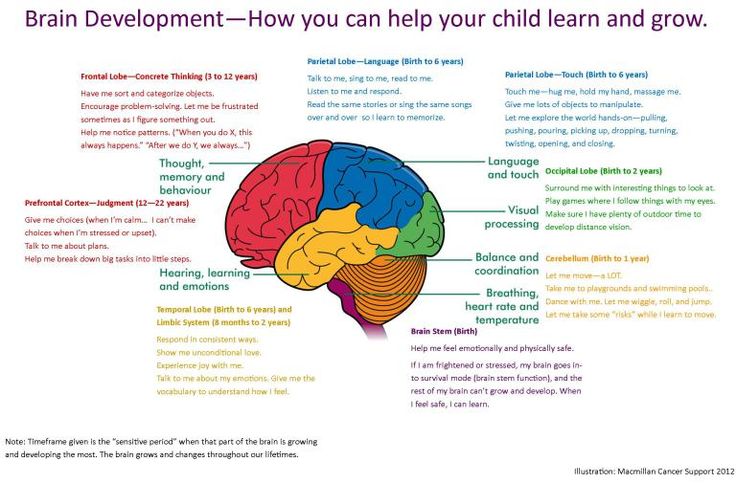 Many people are afraid to stop even for a minute and be left behind others. However, it is very important to learn how to take breaks: they help to relax, cheer up and positively affect productivity. nine0003
Many people are afraid to stop even for a minute and be left behind others. However, it is very important to learn how to take breaks: they help to relax, cheer up and positively affect productivity. nine0003
Breaks help to avoid decision fatigue
Decision fatigue is the reduction in the quality of our actions due to the fact that we have had to make many decisions for a long time. Professors Jonathan Levav from Stanford University and Shai Danziger from Ben Gurion University found that this effect can lead to loss of concentration and procrastination.
Researchers found that judges were more likely to grant prisoners parole if they took a lunch break. If the judges worked for several hours straight, by the end of the day, the parole rate dropped to almost zero. Due to decision fatigue, the judges chose the option that required the least mental effort from them. nine0003
A busy working day drains mental and physical resources.
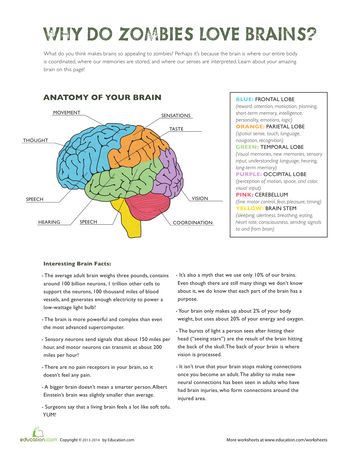
This can lead to a desire to postpone important tasks scheduled for the afternoon.
Breaks keep you motivated for long-term goals
A study by psychologist Larry Rosen and neuroscientist Adam Gazzali found that prolonged focus on one task can reduce productivity. Alejandro Yerasa, a professor of psychology at the University of Illinois, says taking breaks helps you stay focused. He notes that during long tasks, you need to take short breaks - for example, when preparing for exams. nine0003
Breaks increase productivity and creativity
Breaks help you cope with stress and fatigue. In addition, moments of “insight” come precisely to those who arrange regular vacations.
Short walks during breaks also improve creativity. Walking between mental tasks boosts creativity, according to a Stanford University study, as opposed to continuous sedentary work.
Taking proper breaks
Breaks are necessary, but it's important to do them right.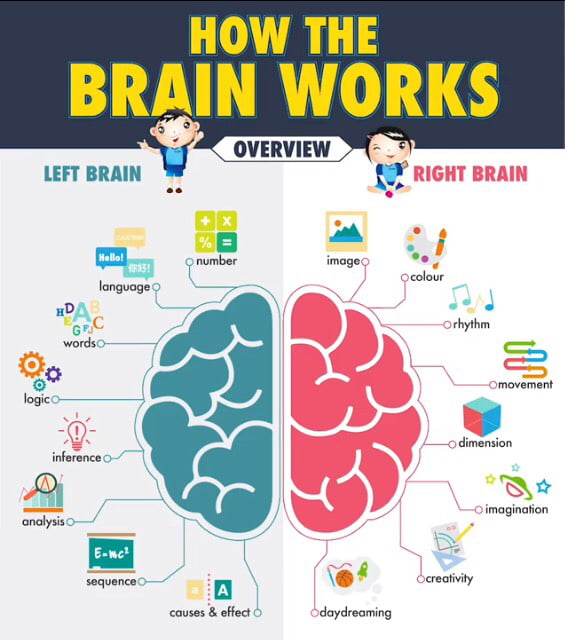 Not all reboot methods are beneficial. Browsing social media during a break can be counterproductive. Taking a break from social media only increases stress levels, according to a Huffington Post survey.
Not all reboot methods are beneficial. Browsing social media during a break can be counterproductive. Taking a break from social media only increases stress levels, according to a Huffington Post survey.
Here are some effective break options.
Physical activity
Physical activity during a break significantly improves concentration. Five-minute walking breaks during every working hour can boost your mood and reduce lethargy. Also, physical activity has a positive effect on concentration and can dull hunger. nine0003
Meditation
Meditation during a break is an effective way to reduce anxiety and increase brain activity. It is most useful to meditate after waking up, during lunch, at the end of the working day, and whenever stress arises.
Sleep
Taking a short nap will help you feel fresher and more energetic. A study published in the journal Nature Neuroscience found that participants who took a half-hour nap while working were more alert than others.